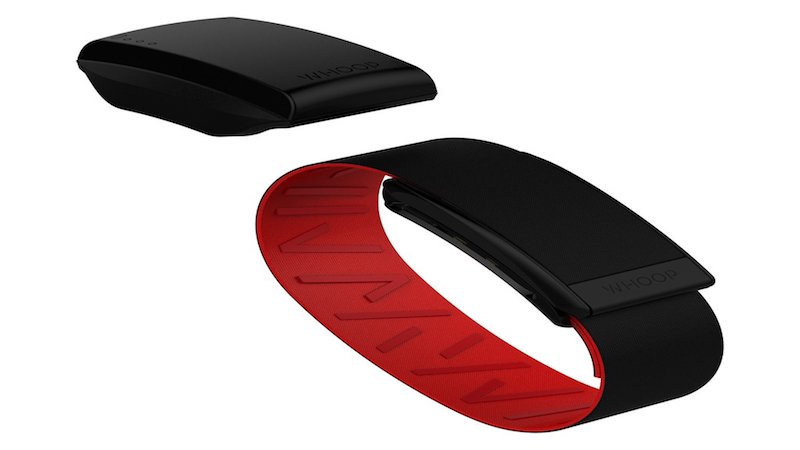Whoop Strap 2.0: Specifically Made For Athletes

The Whoop Strap 2.0 is a wearable whose major focus is to encourage athletes of all disciplines to pay greater attention to the relationship between the strain training places on their bodies. Also, the sleep and rest necessary to recover from it. This wrist-worn sensor was originally designed for elite athletes; those whose livelihoods depend on hitting their peak when it matters most and remaining durable when play-off time rolls around, year after year.
Nanostretch band.
Whoop is a pretty unobtrusive wearable device. Whoop comes with an elasticated Nanostretch band. It is lightweight and comfortable. The wearable should be worn tight enough. That will make it difficult to slide your finger underneath. This ensures the sensors don’t lose contact with the skin.
Waterproof.
The band keeps the footprint small compared to some trackers out there. Whoop is waterproof. But dealing with a soaked strap for ages after the shower is not worth it. If the heart rate sensor loses contact with the skin, sleep tracking gets messed up. You get a Hydroband option available for $15.
Sensors on the wearable.
The sensor monitors five key data points. It can track your heart rate and variability between your heart rate. There’s an accelerometer for tracking movement. It helps to determine your strain score. It also offers auto-sleep detection and registers disturbances during that sleep.
Collects 100MB of data.
The Whoop sensor takes readings hundreds of times a second. It collects almost 100MB of data a day on every user. Synced it to your phone via Bluetooth. This is then displayed within an app loaded with insights and advice.
Recovery.
Working out extra when your body isn’t recovered from fatigue can lead to injury. Whoop lets you know when you are working out too much.
You are also asked a series of questions, before the recovery is calculated. At the time of starting a workout, you are asked for your expected level of exertion and performance.
Sleep Tracking Technology.
The automatic sleep tracking technology built into Whoop will help you keep an account. Not getting the right amount or quality of sleep recommended will result in your recovery score being lower. This way your next day’s performance will be affected.
Heart Rate Variability.
In recovery, sleep time and quality is only about 30% of the equation. Whoop takes into account your heart rate variability (HRV) and your resting heart rate (RHR). HRV measures the heart rate when you are resting. The higher the HRV score, the better your body is recovering from fatigue.
Whoop is one of the first wearables to place equal emphasis on recuperation. It’s also the first fitness tracker to endorse taking naps to get a head start on sleep. It tells you how much sleep you need. The information has resulted in an average of 41 minutes more sleep a night for users. This feature takes a leap with the in-app Sleep Coach.
The App.
The main menu on the app enables you to start or add previous activities from a comprehensive list (including sleep). Push notifications on the wearable let you know when an activity is over. It also alerts you when the battery is low and also when the strap hasn’t synced to the app for a while.
Battery Life.
Whoop pushes the idea that every choice you make counts. So this device needs to be on your wrist around the clock. The wearable is charged by a battery pack which can be slided-on. So it charges itself separately via micro USB. It takes about 90 minutes for the battery to recharge, till then you wear the battery. There’s no display on the Whoop sensor. But the band activates up to three LEDs just by tapping on it. The three LEDs indicate remaining battery life. You can check on the status using the app at any time. You’ll also get an app notification when it falls below 10%. Whoop’s advertised battery life is 36 hours.
Wearable worn by Olympians.
The same strap worn by LeBron James, Michael Phelps and 23 Rio Olympians is available to everyone. Now you can train and recover like a world-beater for $500.

Dhruvil is a Writer & Marketeer for Nimblechapps, joined in December 2014, based out of Sydney, Australia. He has worked briefly as a Branding and Digital Marketing Manager before moving to Australia. At Nimblechapps, he worked on Social Media Marketing, Branding, Email Marketing and Blogging. Dhruvil studies Business at University of Western Sydney, and also handles Operations for the company in Australia.




